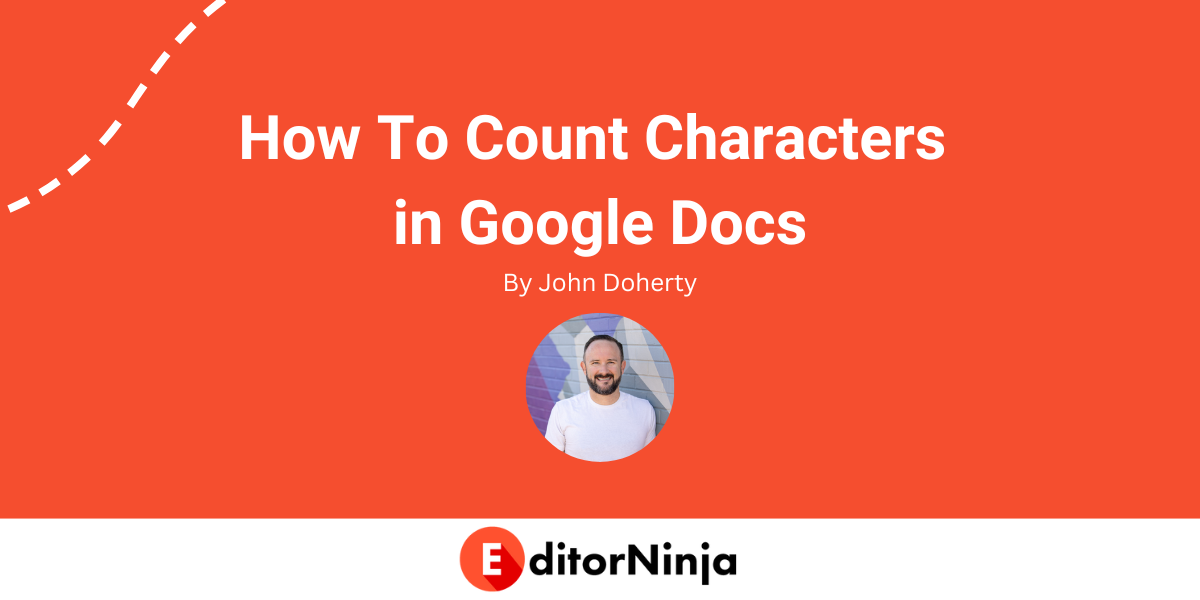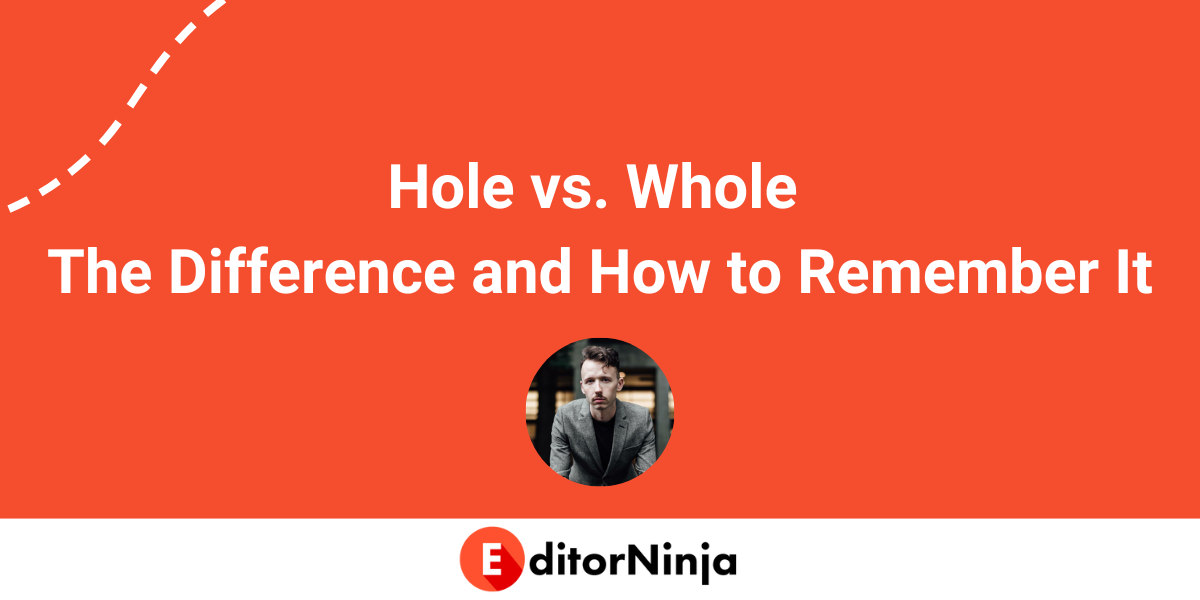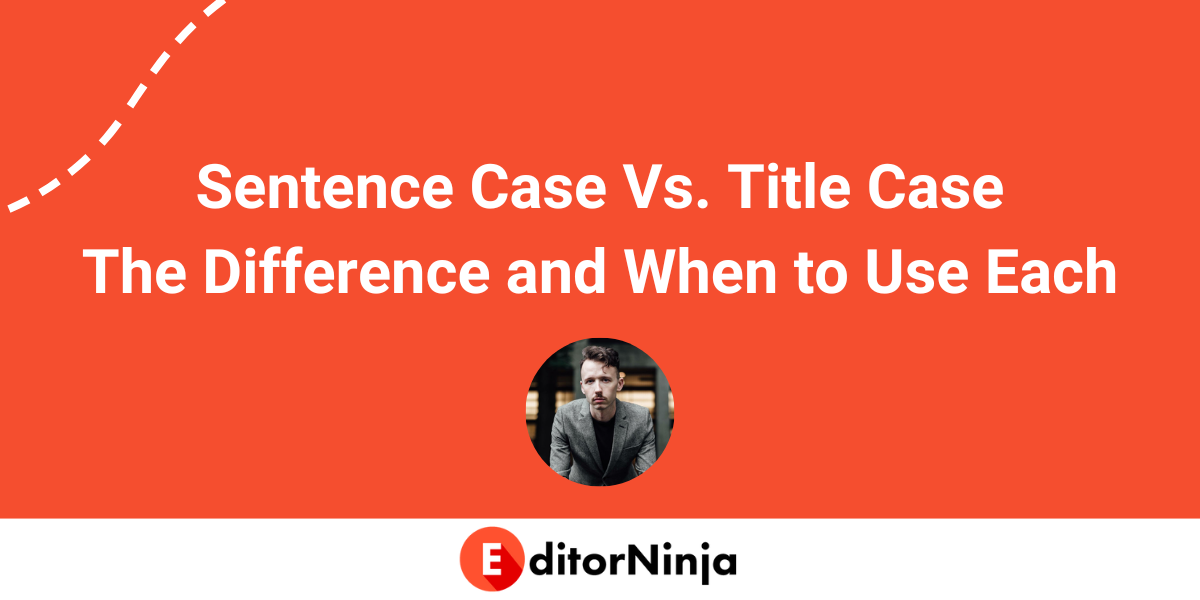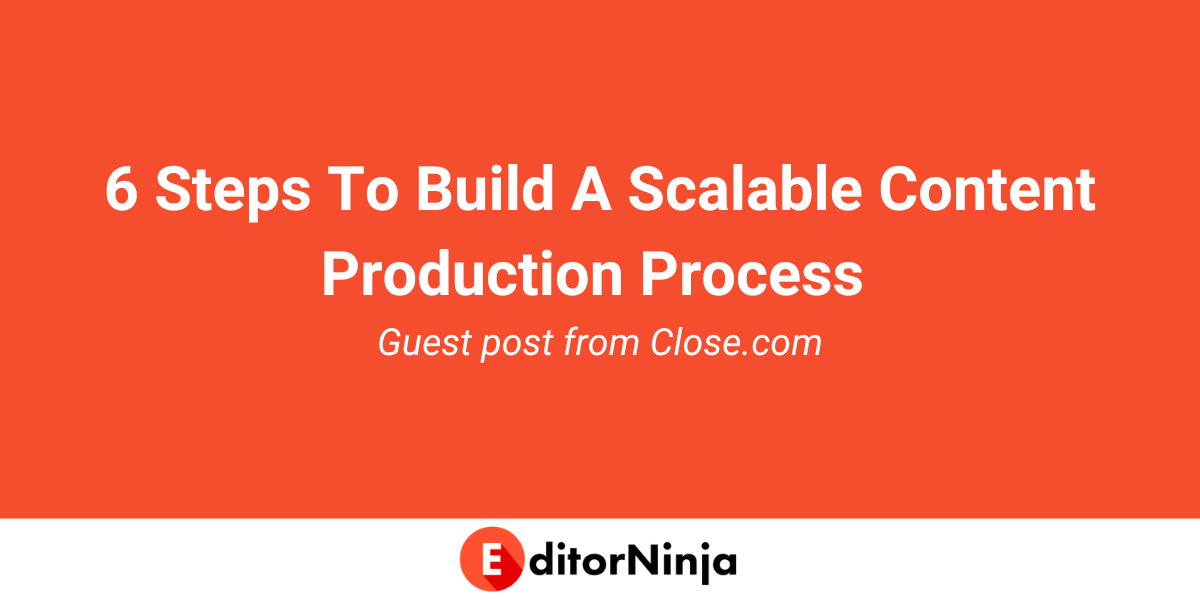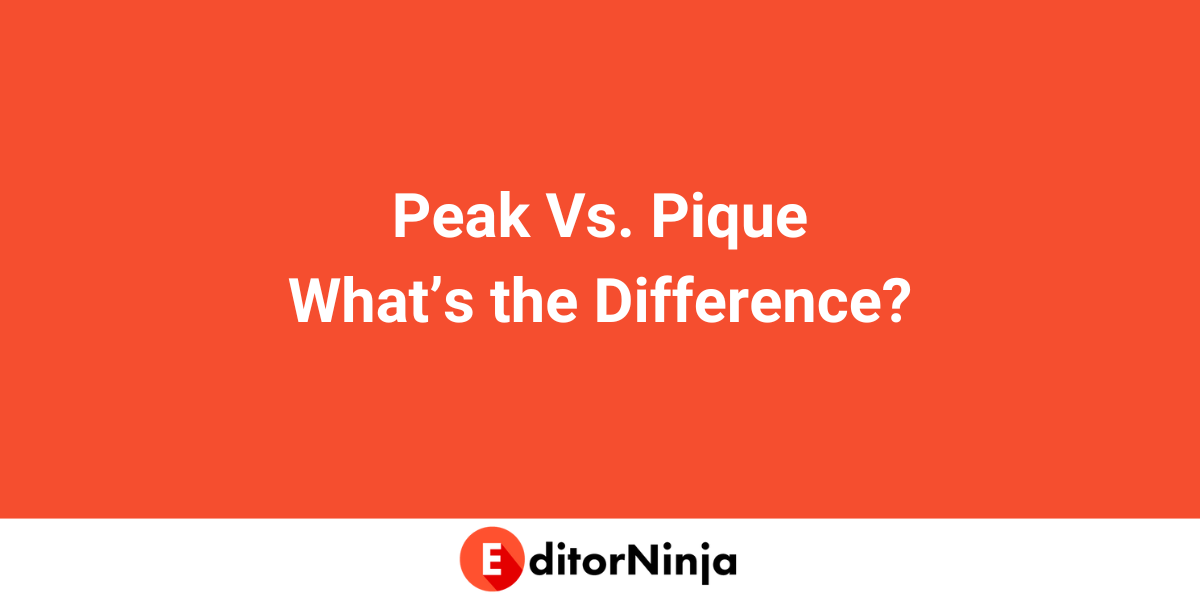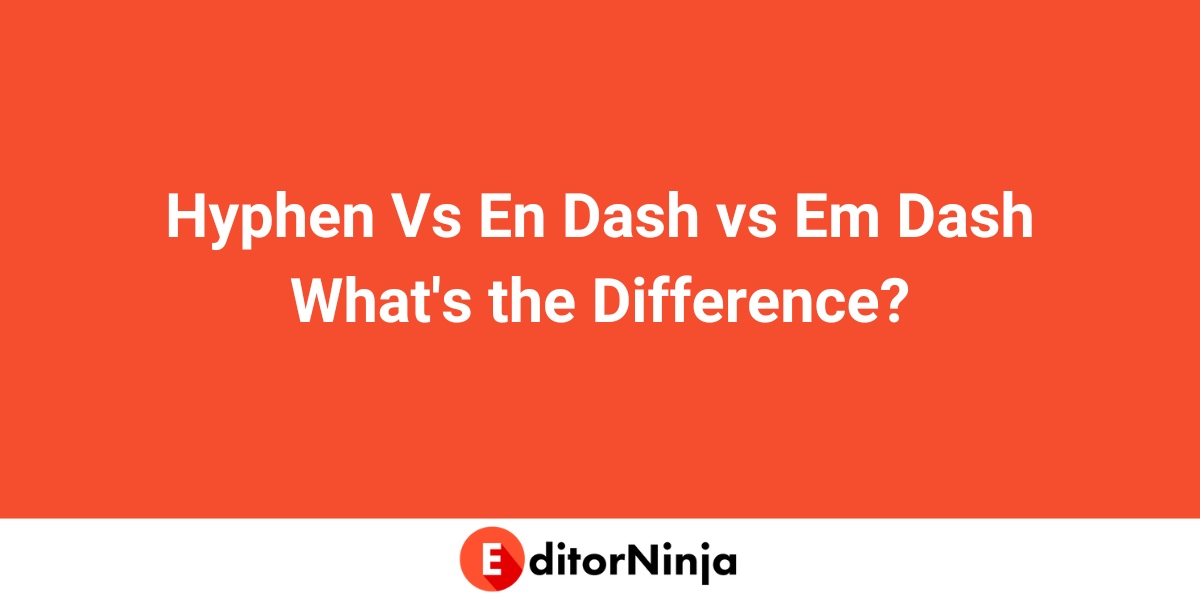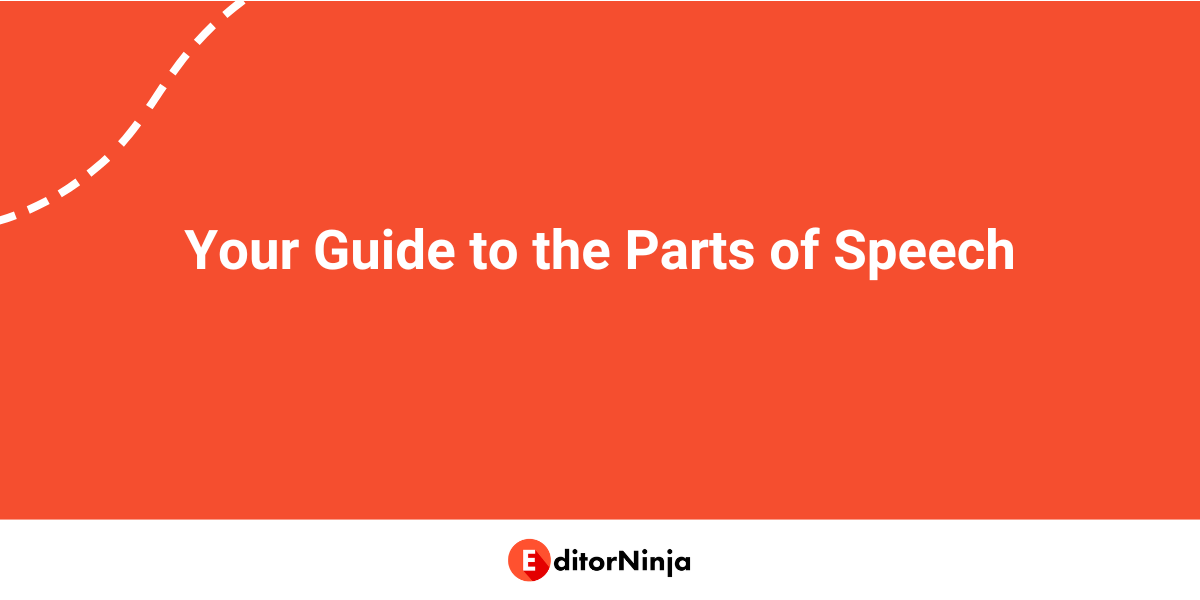How To Count Characters in Google Docs
Need to count characters in Google Docs? It’s pretty simple and happens in the same place as counting words in Google Docs. Let’s say you have a document titled “How to count characters in Google Docs.” You have a blog post written about said topic. But for some reason, your client is asking you how […]...

